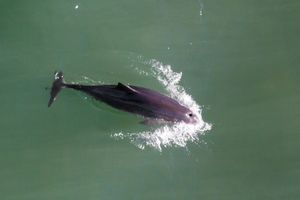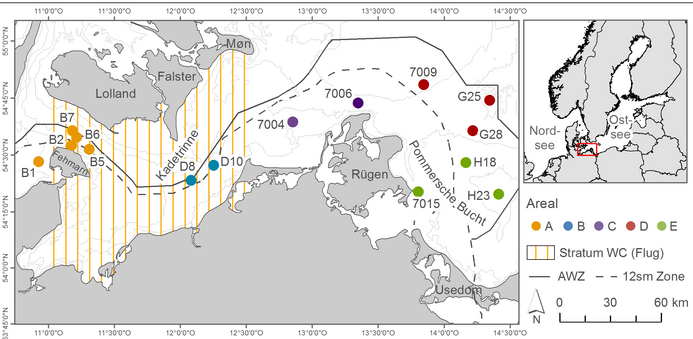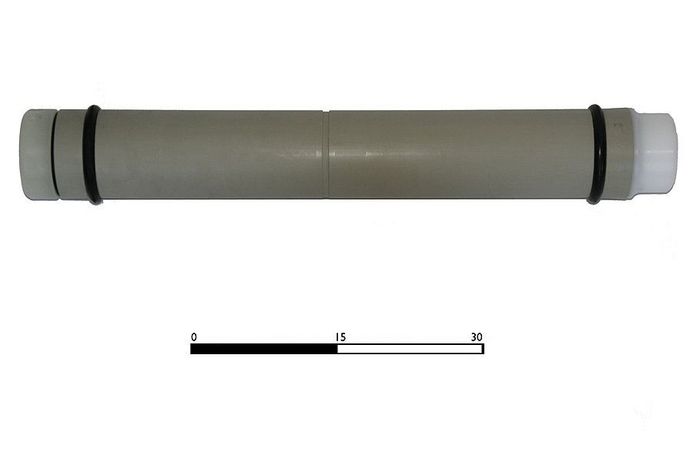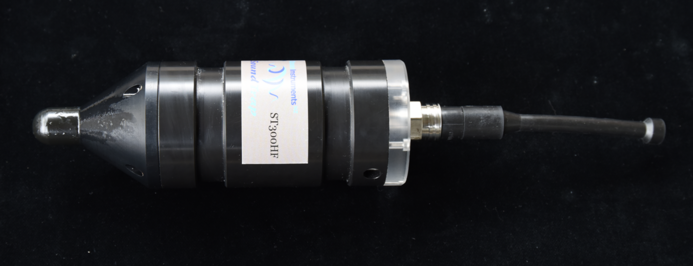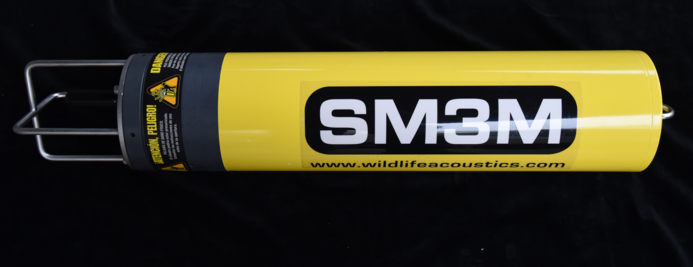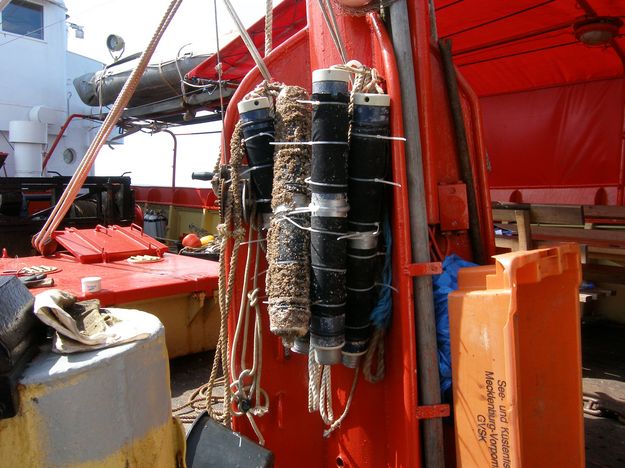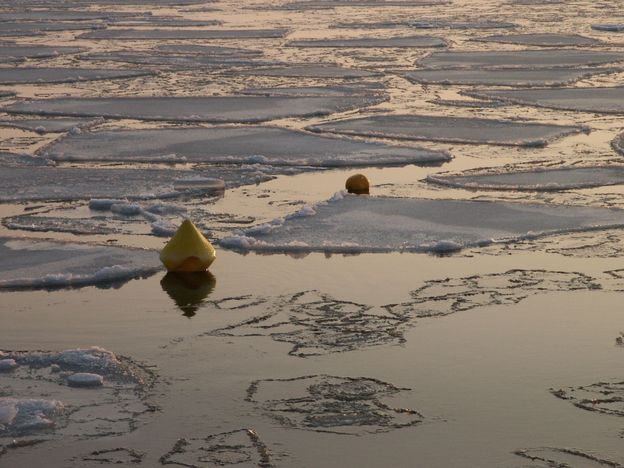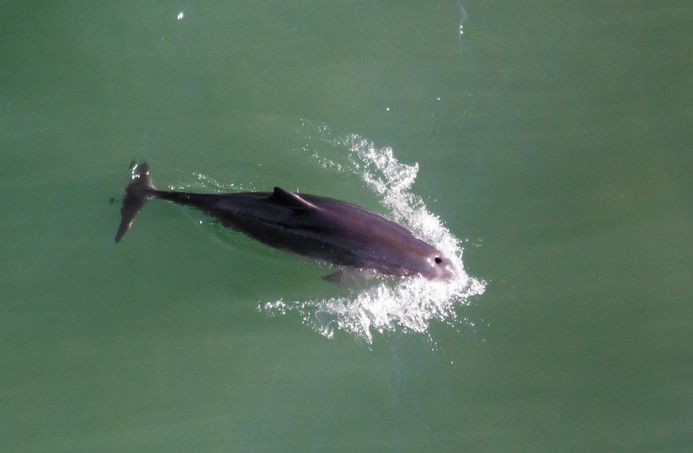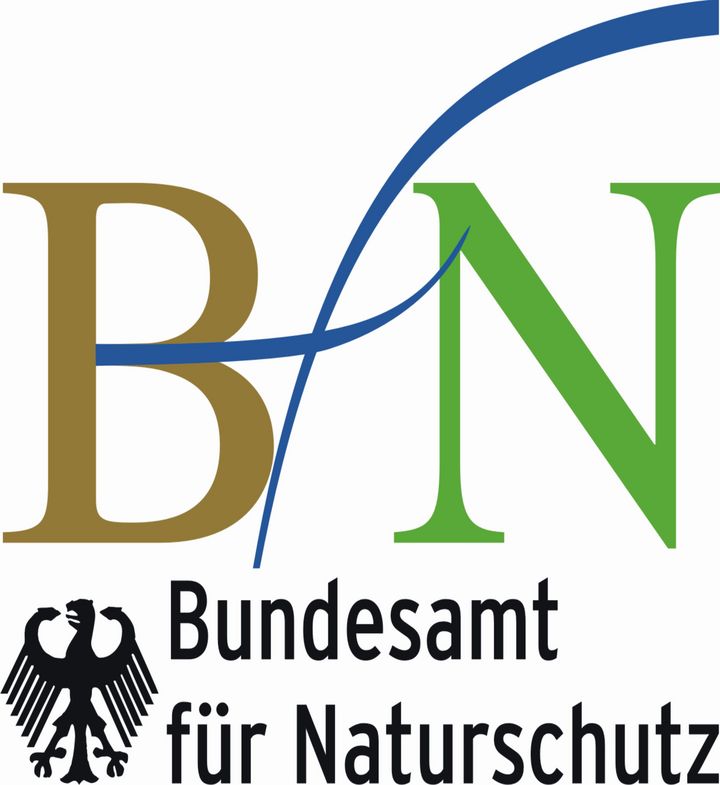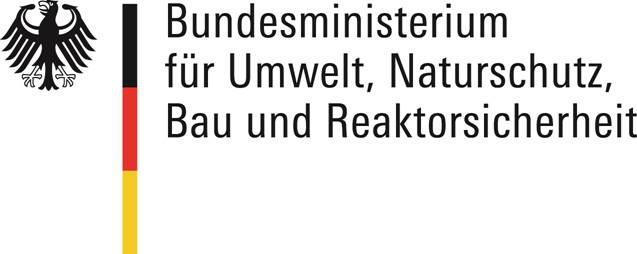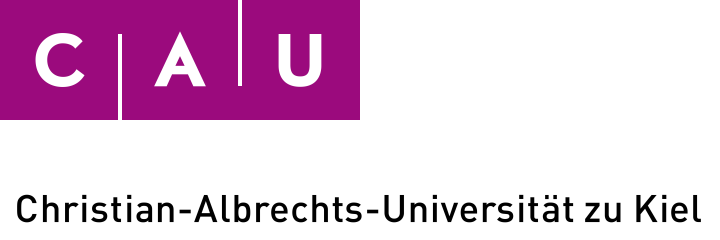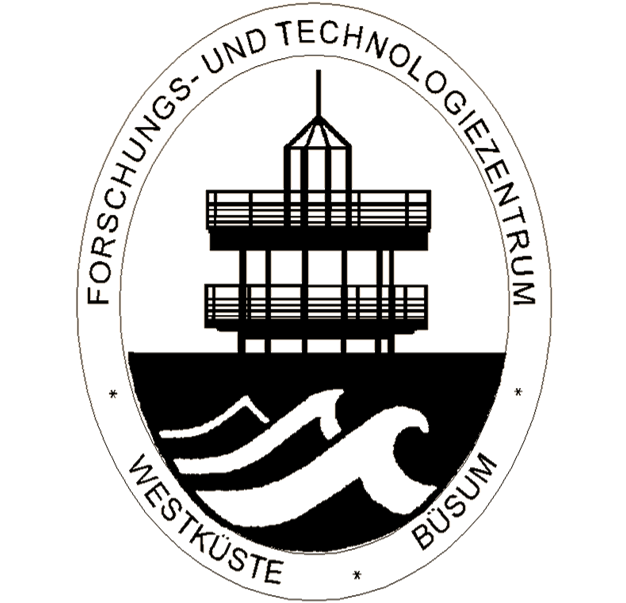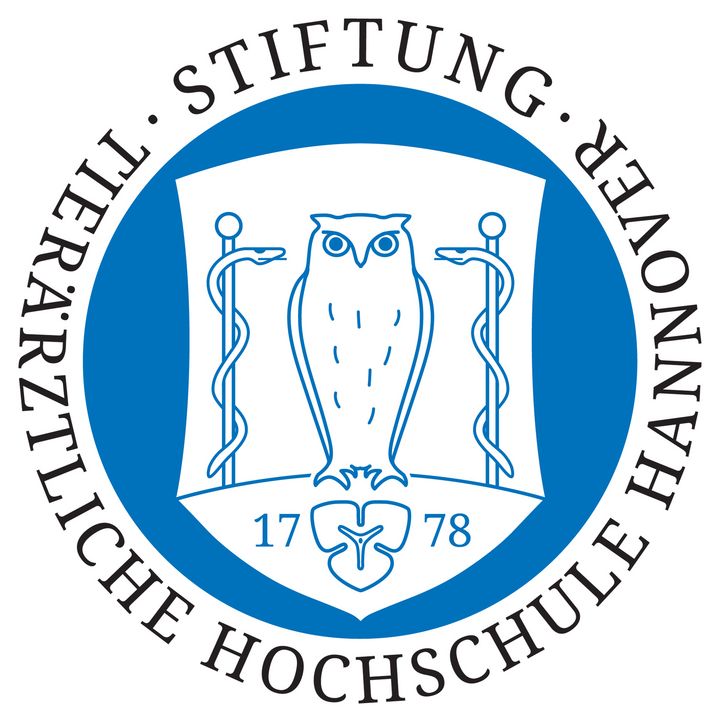TopMarine
| Name | TopMarine |
| Sponsor | Federal Agency of Nature Conservation (BfN) |
| Duration | August 2017 to May 2021 |
| Cooperation partner | Christian-Albrechts university Kiel (CAU), Research and Technology Centre (FTZ), project management University of Veterinary Medicine Hannover (TiHo), Institut for Terrestrial and Aquatic Wildlife Research (ITAW) |
| Project management FTZ | Prof. Dr. Stefan Garthe, Kai Borkenhagen (FTZ) |
| Project management ITAW | Prof. Prof. h.c. Dr. Ursula Siebert |
| Project management GOM | Dr. Harald Benke |
| Project staff GOM | Dipl.-Biol. Anja Gallus, Dipl.-Biol. Katharina Brundiers, Martin Jabbusch |
Top predators such as seabirds and marine mammals are an important component of marine ecosystems. They are exposed to increasing impacts due to anthropogenic activities such as fishing, development of offshore wind energy, ship traffic, marine pollution, and others. The acquisition and assessment of their population and the knowledge of their distribution patterns and habitat requirements are the prerequisites for their effective protection and an appropriate protection area management.
The co-operation partners conduct studies to verify distribution patterns, population sizes and trends, habitat use and feeding ecology of seabirds and marine mammals. Further topics of current and long-term investigations are the influence of anthropogenic activities on population status and potential changes in behaviour.
As this data allows a comprehensive evaluation of seabird and marine mammal populations the assessment program provides much needed information to develop indicators within the framework of EU Marine Strategy Framework Directive (MSFD) and the EU Birds Directive and accordingly EU Habitats Directive, as well as for OSPAR, HELCOM, ASCOBANS, IWC and ICES. This depicts the basis for the fulfilment of the Natura 2000- and MSFD- reports, which is part of the responsibilities of the Federal Agency for Nature Conservation (BfN).
Further development of the methods shall ensure the ongoing long-term collection of data, as well as the optimization of data quality and analysis. The integration of digital flight surveys in the previous survey program and the testing of new acoustic data loggers for the detection of harbour porpoises, as well as the recording of background noise will be part of the project. One aim is the intercalibration of the methods of acoustic and visual detection of harbour porpoises.
